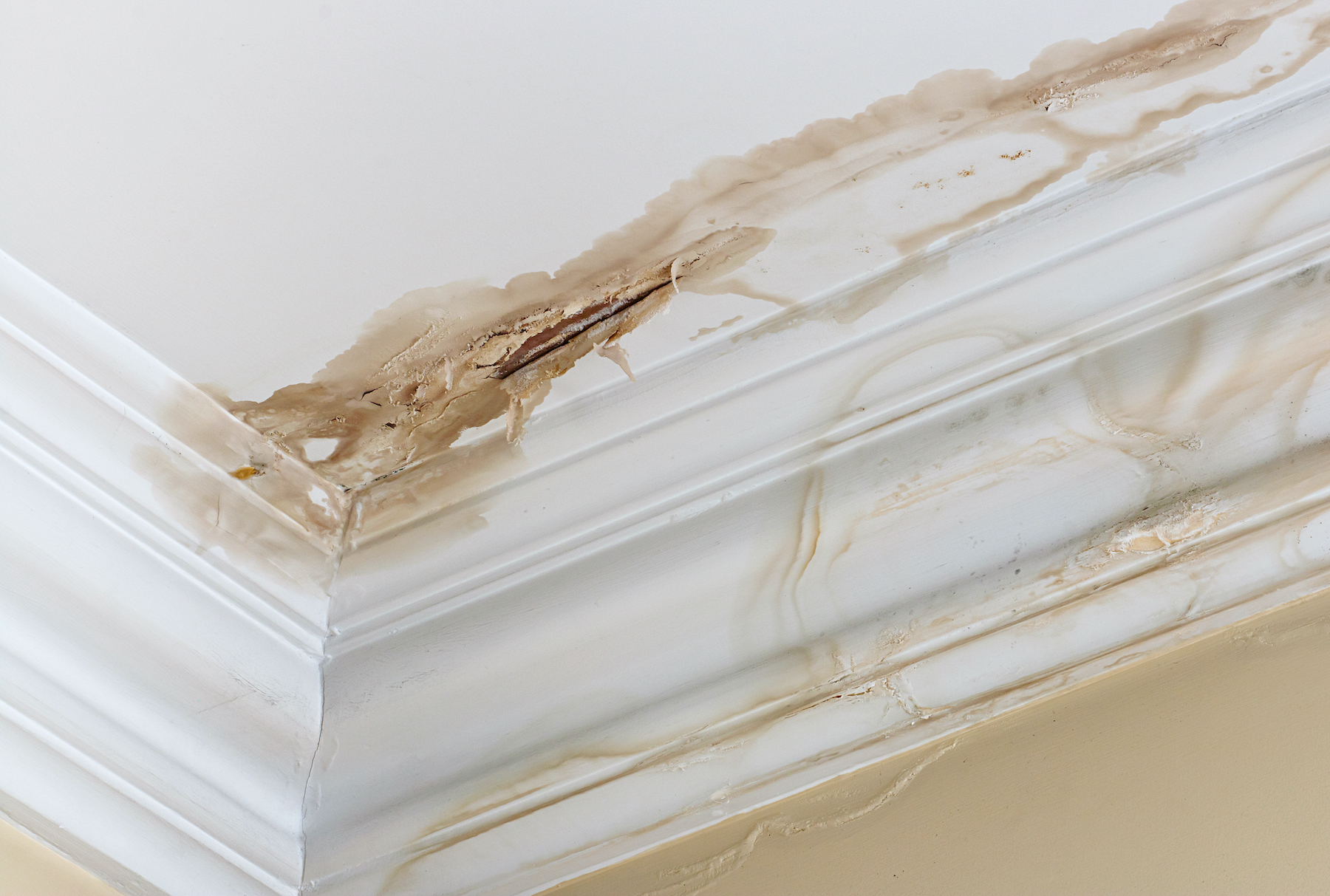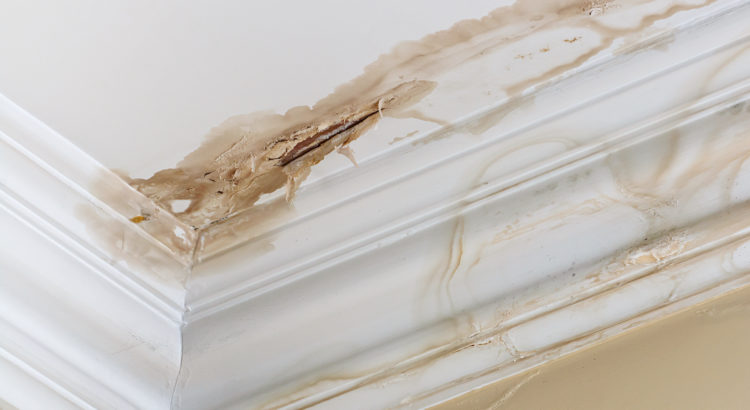When Good Pipes Go Bad
A neglected plumbing system is a ticking time bomb
As buildings age, building components need to be replaced, some more regularly than others. The best property managers know what these elements are, and they plan for and, more importantly, communicate regarding their replacement well in advance so building owners can budget and be prepared.
Unfortunately, many building components are hidden and, therefore, easily overlooked. Some managers and owners operate under the false assumption that certain parts of a building are meant to last the lifetime of the building. This is simply not the case, especially with plumbing.

Given the nature of flooding from ongoing leaks and their potential damage to a building’s structure and the property of residents, plumbing issues (defective or age-related) can be some of the worst a property can experience. Other interior wall systems (i.e., electrical wiring, or HVAC ducts) tend to have longer lifespans than plumbing, and they fail less often and less spectacularly. It’s one thing to have your lights not turn on when you flick a switch, but having water flowing all over your furniture represents a different level of urgency and crisis.
As such, it’s critical for building owners and property managers to inspect their pipes regularly. A small leak or drain stoppage is the first warning sign, but as leaks or stoppages begin to occur regularly, it’s a good indication that there is a more systemic problem. While repiping a building is not inexpensive, it can be far less costly and impactful than you might think. And it certainly beats the alternatives of losing insurance coverage or severe property damage as a result of a major flood.
Know Your Piping Systems
Most buildings have several different piping systems that should be inspected on a regular basis to ensure they’re in proper working condition and not showing any dangerous signs of aging. These piping systems include the water supply piping that brings clean, potable water into the building, the corresponding waste lines that take used water (and waste) out of the building, the closed-loop systems (i.e., HVAC piping) and other systems such as fire sprinklers. Some buildings even employ custom systems such as rooftop water heating pipes for heating pools in warmer climates.
These systems are frequently comprised of one or more different types of pipe, which range from metals such as copper, steel and cast iron to a variety of plastics. The lifespan of each material varies considerably and is highly dependent on local water chemistry and climate. In some regions, copper pipes can last a century or more, while in others they start to show pitting and pinhole leaks within 10 years or less. The same is true for plastics. While many of today’s modern materials have excellent warranties, many of the older products, like polybutylene, have failed or been replaced under class-action lawsuits. Knowing what’s in your building, when it was installed and how well it is aging are critical points in evaluating the length of time you may have before needing to repair or replace your pipes.
Documenting Potential Risks
Log your leaks before any significant problems occur. Sudden changes in water pressure, discolored water, or small leaks are early indicators of potentially more pressing issues. While a small pinhole fixed with a piece of foam and clamp may seem like a five-minute fix, it is almost always an indication of a more significant problem. Repeated repairs like this mean that a more substantial leak is right around the corner.
Visible signs of corrosion, such as changes in water color, oxidization of metal pipes, or a metallic taste, are equally important indicators. Track all complaints about the water and your leak/stoppage history in a journal and inspect any visible pipes regularly. One rule of thumb is that if pipes you can see look bad, they probably also look bad behind closed walls.
If water-related complaints, leaks, and other problems become more frequent, it’s time for a professional inspection. Take a proactive approach. If too many insurance claims are filed for plumbing leaks, your insurance company might send its inspector. At that point, it may be too late to avoid losing coverage. An inspection by an engineer, a construction manager, or a plumbing company experienced in the piping renovation of occupied properties can provide documentation of your piping issues and make recommendations for remediation or replacement.
If your building is experiencing repetitive piping problems, call us today for a free replacement evaluation.


